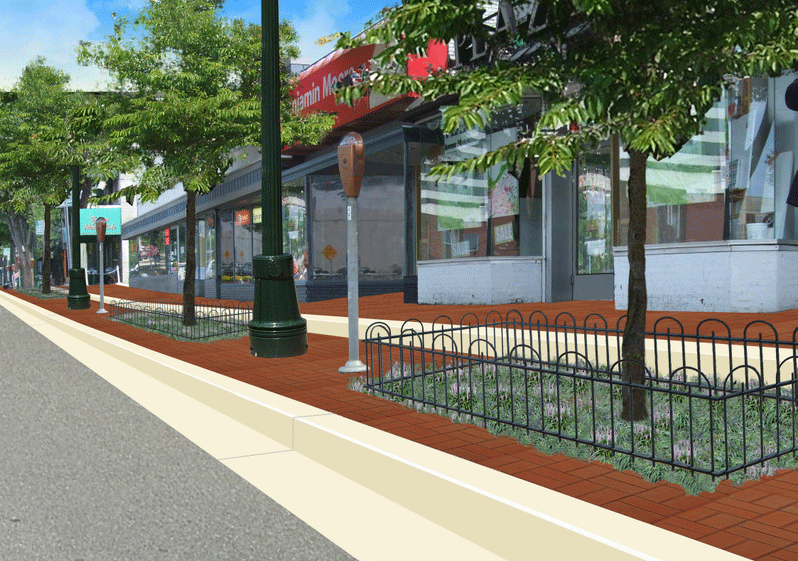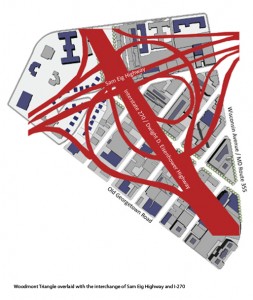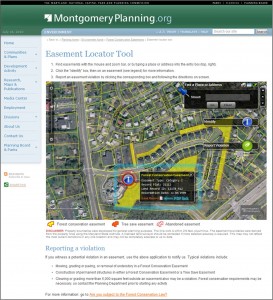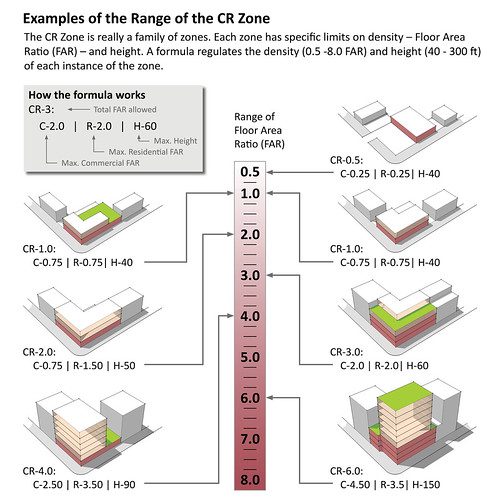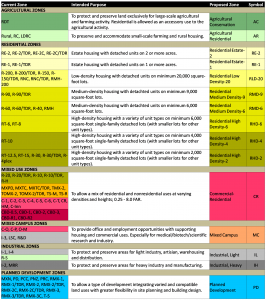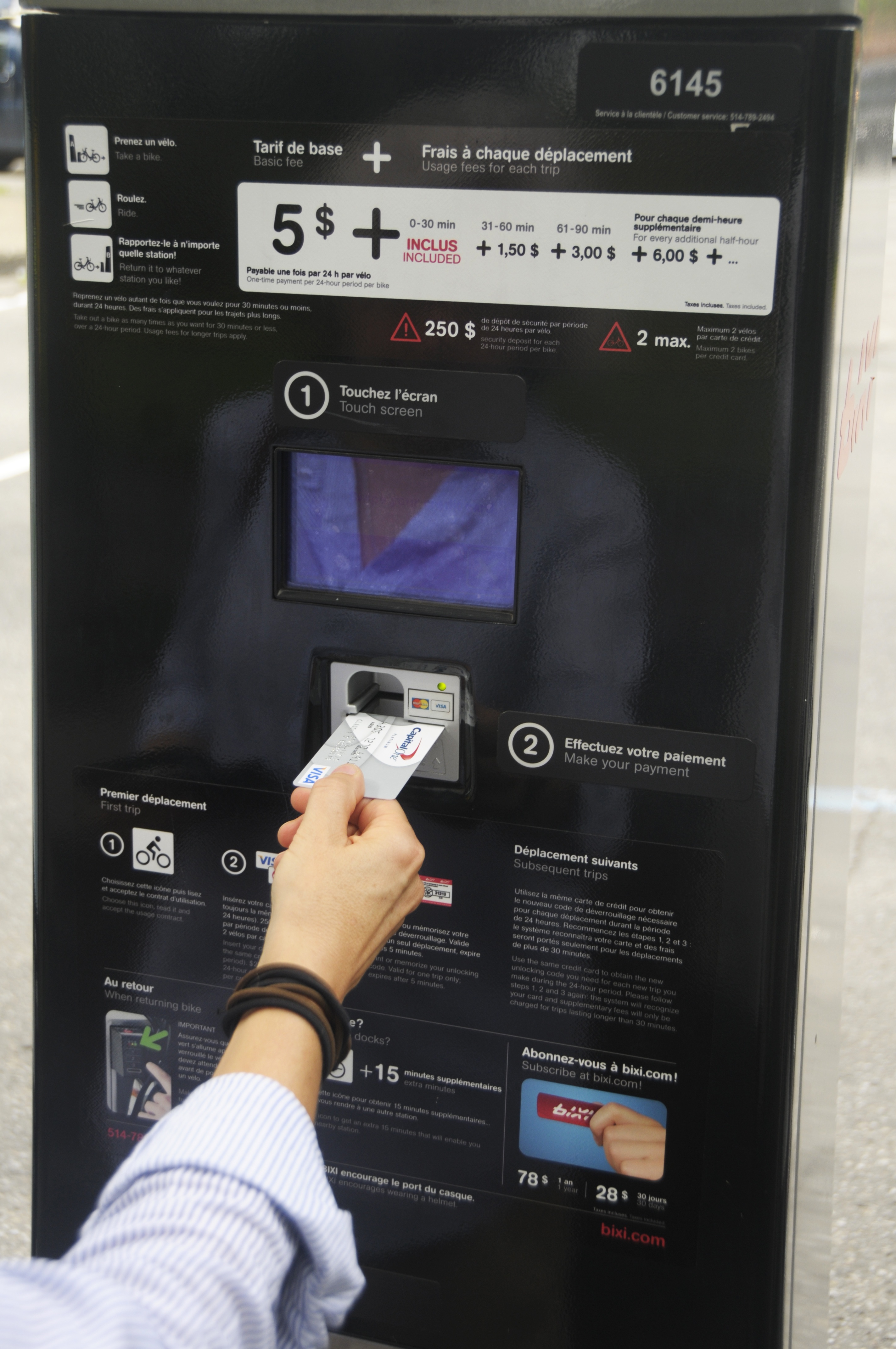
Bixi is Montreal’s homegrown rental bike system. Designed to serve tourists and residents with more than 5,000 bikes distributed through the city, the program is a real commitment to urban biking. Price and convenience contribute to their use and the system is well-managed to local habits—bikes are trucked around the city to ensure their even distribution after rush hour trips downtown.
But I think the real reason people bike in Montreal is the 502 kilometers of bike lanes and bike routes. Some are painted on the street, some run through parks, and some are separated by curbs, but all are well-respected and well-used.
Yes, even in the winter, though not without challenges. The commitment to bike infrastrucutre has created a bike … Continue reading

